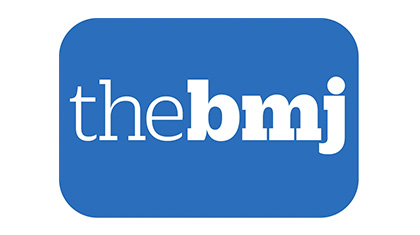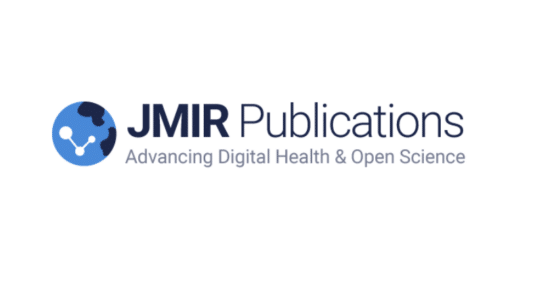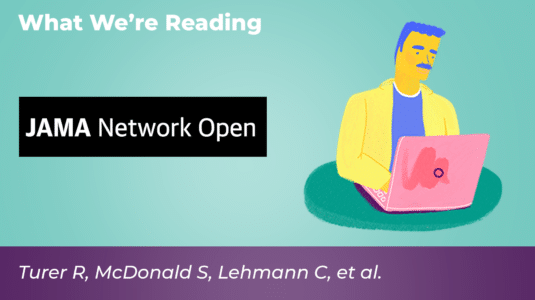Despite initial professional resistance and policy delays, countries like Denmark, Estonia, Sweden, and the US have demonstrated that the benefits of full record access outweigh the risks. Patients globally are calling for interactive, user-friendly portals to access and correct their medical records, emphasizing that this is crucial for self-care, particularly in the post-pandemic era where healthcare access has declined.
Patient Portals
Patient portals fail to collect structured information about who else is involved in a person’s care
“Shared access” uses separate identity credentials to differentiate between patients and care partner portal users. EHR vendors must recognize that both patients and care partners are important users of their products and acknowledge and support the critical contributions of care partners as distinct from patients.
Real-time electronic patient portal use among emergency department patients
These findings suggest that real-time patient portal use during ED encounters has increased over time, but disparities exist in portal access that mirror trends in portal usage more generally. Given emergency medicine’s role in caring for medically underserved patients, there are opportunities for EDs to enroll and train patients in using patient portals to promote engagement during and after their visits.
Do patients who read visit notes on the patient portal have a higher rate of “loop closure” on diagnostic tests and referrals in primary care? A retrospective cohort study
Compared to no portal registration, the odds of loop closure were 20% higher in tests/referrals for patients with a portal account, and 40% higher in tests/referrals for note readers, after controlling for sociodemographic and clinical factors. However, important safety gaps from unclosed loops remain, requiring additional engagement strategies.
Users’ experiences with online access to electronic health records in mental and somatic health care: Cross-sectional study
[…] This study aimed to provide insight into the impact of PAEHR [patient-accessible electronic health records] on patient care, particularly for those with mental health conditions, and to inform clinical strategies to improve the use of PAEHR in health care settings. The transition toward EHR accessibility may present health care professionals with a unique opportunity to change how they think and write about patients.
Co-designing an initiative to increase shared access to older adults’ patient portals: Stakeholder engagement
We partnered with 3 health care organizations to co-design an initiative that aimed to increase shared access registration and use and that can be implemented using existing patient portals. Educational materials are publicly available at Coalition for Care Partners.
Shared access to patient portals for older adults: Implications for privacy and digital health equity
This viewpoint article discusses challenges and opportunities of systematic engagement of care partners through shared access to the patient portal that have been amplified in the context of the COVID-19 outbreak and recent implementation of federal information blocking rules to promote information transparency alongside broader shifts toward care delivery innovation and population aging. We describe implementation considerations and the promise of granular, role-based privacy controls in addressing the nuanced and dynamic nature of individual information sharing preferences and fostering person- and family-centered care delivery.
Patient characteristics and utilization of an online patient portal in a rural academic general internal medicine practice
In a rural academic internal medicine clinic, female patients, aged 41–65, non-smokers, and those without certain chronic conditions were more likely to use an online patient portal. Recognizing and addressing barriers to patient portal use is essential for robust and sustained patient portal uptake and ensuring that the benefits of portal use are equally distributed among all patients.
Patient Perceptions of Receiving COVID-19 Test Results via an Online Patient Portal: An Open Results Survey
This study evaluated patient perspectives related to receiving COVID-19 test results via an online patient portal prior to discussion with a clinician. Users found the portal easy to use but expressed mixed preferences about the means of notification of result availability (e.g., email, text, or phone call). Users found immediate access to results useful for managing their health, employment, and family/childcare. Many users shared their results and encouraged others to get tested. Our cohort consisted mostly of non-Hispanic white, highly educated, English-speaking patients. Overall, patients found open results useful for COVID-19 testing and few expressed increased worries from receiving their results via the patient portal.
Impact of Patient Access to Online VA Notes on Healthcare Utilization and Clinician Documentation: A Retrospective Cohort Study
In an effort to foster patient engagement, some healthcare systems provide their patients with open notes, enabling them to access their clinical notes online. In January 2013, the Veterans Health Administration (VA) implemented online access to clinical notes (“VA Notes”) through the Blue Button feature of its patient portal.










